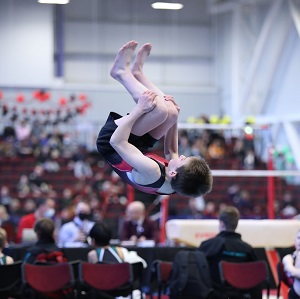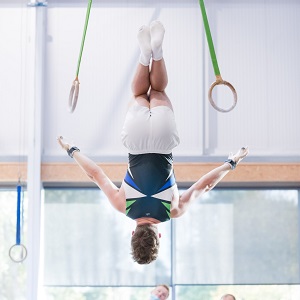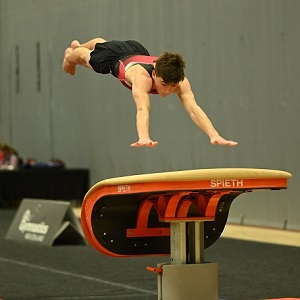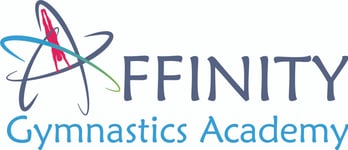MENS ARTISTIC GYMNASTICS (MAG)
LEVELS PROGRAMME
The MAG Levels programme caters for male gymnasts wishing to compete at the highest competitive level in New Zealand.
Appartus
- Gymnasts compete on six apparatus: Floor Exercise (FX), Pommel Horse (PH), Rings (SR), Vault (VT), Parallel Bars (PB), Horizontal Bar (HB).
Levels
- 1-3: Elementary. Teaching the foundation skills required in competitive gymnastics. Each level thereafter progresses and builds on from the skills taught.
- 4-6: Junior. Using the foundation skill knowledge the gymnast has acquired to learn more complex and challenging skills/ techniques/routines.
- 7-9: Senior. Complex and challenging skills/techniques. Routines at these levels are optional based the difficulty of the skill, what the gymnast is able to achieve and how they link the skills.
Canterbury / Nationals Representations
- Level 4+ gymnasts are eligible to represent Canterbury at the National Gymnastics Championships and must achieve set criteria to be selected for this.
Competitions
- Visit our Gymnastics Competition Schedule, Timetables & Results page for competitions that our gymnasts will be attending this year

FLOOR EXERCISE (FX)
The appartus area is 12x12 metres with a 1 metre run off perimeter and the entire floor area should be used during the exercise.
This is an exercise in pure acrobatics, alternating between powerful tumbing series and the composure neccesary for balance and strength elements.
A key difference from the women's routines is that men do not perform choreographed moves to music.
Acrobatic elements forward and backward and acrobatic elements sideward or backward take-off with one-half-turn must be performed during the routine.
There must also be a non-acrobatic element included, such as a balance element on one leg or one arm; a static strength move, held for two seconds; or jumps, circles or flairs. Transitional skills, or gymnastics movements performed in between tumbling and acrobatic passes, should be executed with proper rhythm and harmony..

POMMEL HORSE (PH)
Pommel horse routines consist of continuous circular movements of the body with legs together (circles) and pendulous swings with the legs seperated (Scissors).
The hands are the only part of the body that should touch the apparatus and the entire exercise should flow with steady, controlled rhythm; turning and travelling along the horse.
The pommel horse is widely considered to be one of the most difficult of the MAG events and it requires an enormous amount of practice to master even the most basic skills.
The event's difficulty stems from two factors. First, the gymnast must perform skills with a circular movement in a horizontal plane. Second, he spends most of each routine on only one arm, as the free hand reaches for another pommel or part of the horse to begin the next skill.

STILL RINGS (SR)
Suspended 3 metres above the ground, this appartus commands a great degree of upper body strength and body control. The free moving quality of the rings makes it difficult to remain stationery during held elements, where any movement of the rings incurs a penalty.
An exercise on rings consists of forward and backwards swings, strength and hold elements. Generally, gymnasts are required to fulfil various requirements including a swing to held handstand, a static strength hold, and an aerial dismount.
During a performance, the gymnast grips the rings and strives to keep them still and prevent swinging throughout, whilst demonstrating a routine exhibiting balance, strength, and power.
The gymnast's dismount allows him to show his aerial abilities prior to landing.

VAULT TABLE (VT)
To perform a vault, the gymnast runs down a 1 metre wide x 25 metre long carpet runway.
During their 25m approach to the vault, the gymnast must develop the necessary power to complete all their aerial skills before landing.
Upon take off from the springboard the gymnast explosively propels himself upwards, dynamically pushing off the vault to generate greater height and distance in the second phase of flight.
Judges watch for proper body alignment, form, quick repulsion, the height and distance travelled. Generally, the more saltos and twists, the higher the difficulty value of the vault. The best vaults are explosive off the springboard and when pushing off the vault table.
In addition, gymnasts should "stick" the final stage of the vault performance by taking no extra steps when landing.

PARALLEL BARS (PB)
This piece of apparatus consists of two 3.5 metre long bars which are positioned parallel to the floor by a metal frame. The distance between the bars can be adjusted from between 42cm and 52cm.
A parallel bar routine consists mostly of swing and flight elements with only a few hold or stength elements in the routine.
The gymnast is required to execute swinging elements from a support, hang and upper arm position. An under swing, sometimes referred to as a basket swing is also required
As well as swings being completed above and below the bars, the routine also consists of acrobatic flight elements, changes of direction and swing types.
The gymnast's routine ends in a dramatic dismount off the side or the end of the bars.

HORIZONTAL BAR (HB)
The horizontal bar is 2.4 metres long and is positioned at a height of between 2.5 and 3 metres.
This a very spectacular apparatus, largely due to the acrobatic releases and resgrasp flight elements.
The routine is based on swinging parts without stops, and includes extended forward and backward giant swings, combined with near-bar elements, changes of direction and grip, as well as the release and regrasp movements.
The high dismounts from the bar allow the gymnast to show his acrobatic talents and landing prowess.

